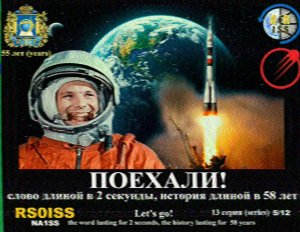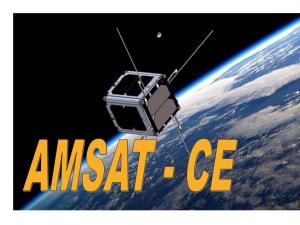AMSAT in special 300th edition of ICQ Podcast
The popular ICQ Amateur Radio Podcast has been running for over 11 years and on August 4, 2019, the ICQ Podcast team released their 300th edition which features an interview with Treasurer and Past President of AMSAT Keith Baker KB1SF.
The first edition of ICQ Podcast was released by Father and Son team Martin Butler M1MRB and Colin Butler M6BOY on July 6, 2008 and since those early days the show has gone from strength to strength.
Released fortnightly on a Sunday at 0900 GMT the ICQ Podcast is available either as an MP3 download or as a YouTube version with optional auto-generated subtitles.
In the 300th edition, Martin Butler M1MRB is joined by Chris Howard M0TCH, Dan Romanchik KB6NU and Frank Howell K4FMH to discuss the latest Amateur / Ham Radio news and this episode’s special feature is the interview with AMSAT’s Keith Baker KB1SF which begins at 1:10:30 into the show.
ICQ Podcast Episode 300 with AMSAT Treasurer and Past President Keith Baker KB1SF
ICQ Podcast https://www.icqpodcast.com/
Keith Baker KB1SF https://twitter.com/kb1sf
Martin Butler M1MRB https://twitter.com/M1MRB
Colin Butler M6BOY https://twitter.com/colinbutler
Chris Howard M0TCH https://twitter.com/m0tch_chris
Dan Romanchik KB6NU https://twitter.com/kb6nu
Frank Howell K4FMH https://twitter.com/frankmhowell
m5aka
AMSAT-UK
Powered by WPeMatico



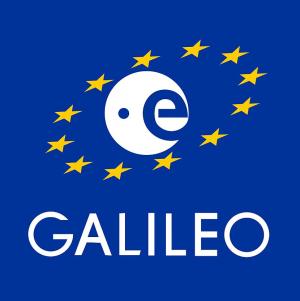 Sweden’s national amateur radio society, the SSA, has sent a supplementary letter to the communications regulator PTS ahead of the next meeting of the CEPT ECC Conference Preparatory Group CPG-19.
Sweden’s national amateur radio society, the SSA, has sent a supplementary letter to the communications regulator PTS ahead of the next meeting of the CEPT ECC Conference Preparatory Group CPG-19.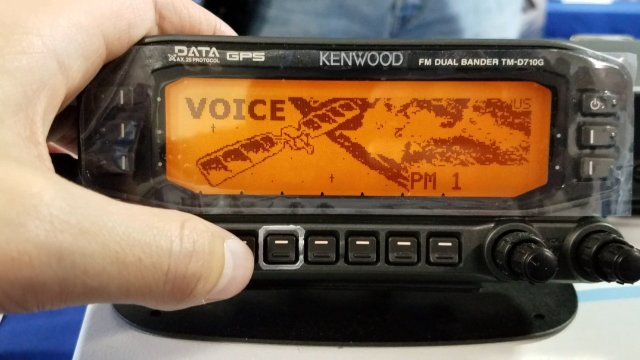
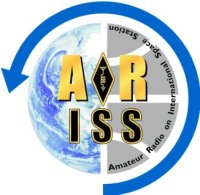 During the week of July 8, the IORS, consisting of the JVC Kenwood D-710GA Radio and the AMSAT developed Multi-Voltage Power Supply, successfully completed a series of Electro-magnetic Interference (EMI)/Electro-Magnetic Compatibility (EMC) tests to ensure that the ARISS hardware will not interfere with the ISS systems or other payloads. Testing continued into the following week, where the IORS successfully passed power quality and acoustics testing. These tests verified that the ARISS IORS will not introduce harmful signals back into the ISS power system and is quiet enough to meet ISS acoustic requirements. ARISS Hardware Team members Lou McFadin, W5DID and Kerry Banke, N6IZW were at the NASA Johnson Space Center supporting this two week battery of tests in concert with the NASA test and certification team.
During the week of July 8, the IORS, consisting of the JVC Kenwood D-710GA Radio and the AMSAT developed Multi-Voltage Power Supply, successfully completed a series of Electro-magnetic Interference (EMI)/Electro-Magnetic Compatibility (EMC) tests to ensure that the ARISS hardware will not interfere with the ISS systems or other payloads. Testing continued into the following week, where the IORS successfully passed power quality and acoustics testing. These tests verified that the ARISS IORS will not introduce harmful signals back into the ISS power system and is quiet enough to meet ISS acoustic requirements. ARISS Hardware Team members Lou McFadin, W5DID and Kerry Banke, N6IZW were at the NASA Johnson Space Center supporting this two week battery of tests in concert with the NASA test and certification team.